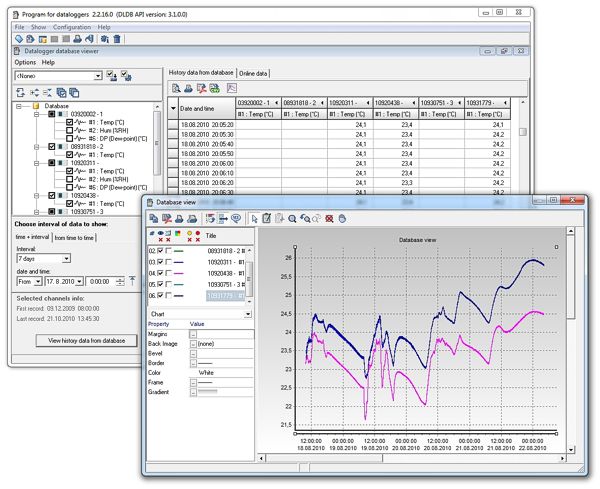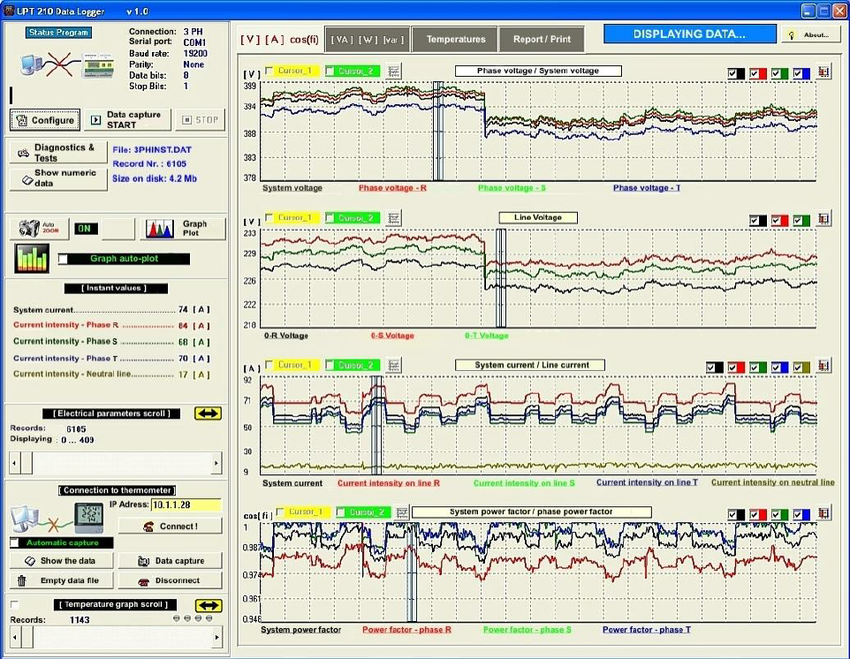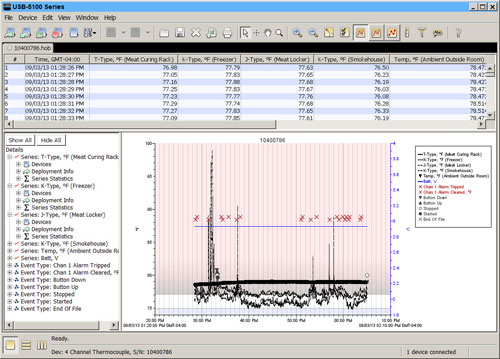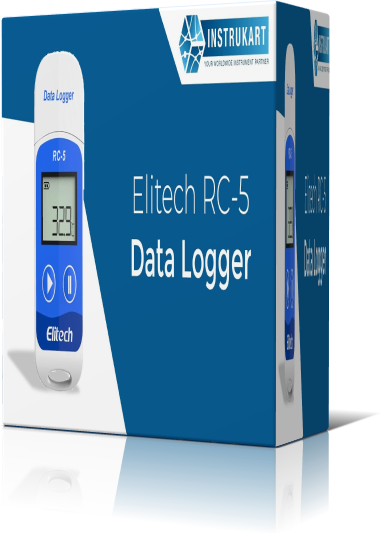Data logger software free download
In the ever-evolving digital landscape, the need for efficient data logging and analysis has become increasingly crucial.
Data logger software has emerged as a powerful tool, allowing users to seamlessly capture, record, and manage critical information across a wide range of applications. Whether you’re a researcher, an industrial operator, or a home enthusiast, the availability of free data logger software has transformed the way we collect and utilize data.
One of the key benefits of using data logger software is its versatility. These applications can be tailored to suit a variety of needs, from monitoring environmental conditions in scientific studies to tracking energy consumption in residential or commercial settings. With a user-friendly interface and intuitive features, data logger software empowers users to gather, visualize, and analyze data with remarkable ease.
The data logger software landscape is vast, with a plethora of options available to cater to diverse requirements. From advanced enterprise-level solutions to lightweight, open-source alternatives, there is a software package to fit every budget and use case. These tools often boast an array of features, including real-time data monitoring, data export capabilities, and customizable reporting functionalities, making them indispensable for a wide range of industries and applications.
As technology continues to evolve, the data logger software field is also witnessing remarkable advancements. Emerging trends, such as the integration of cloud-based platforms and mobile applications, further enhance the accessibility and functionality of these tools. Users can now access their data from anywhere, at any time, while benefiting from the power of cloud computing and data analytics.
In summary, data logger software has transformed the way we approach data management and analysis. With a wealth of free options available, users can harness the power of these tools to streamline their data-driven workflows, enhance decision-making processes, and unlock a deeper understanding of the world around them.

Features of Data Logger Software:
- Real-Time Monitoring: Allows users to observe and track data in real-time, ensuring immediate access to critical information.
- Data Visualization: Offers a range of graphical and visual representations, making it easy to interpret and analyze data.
- Customizable Reporting: Enables users to generate personalized reports, dashboards, and data exports to suit their specific needs.
- Alarm and Notification System: Alerts users to critical events or threshold breaches, facilitating timely response and decision-making.
- Multi-Channel Capabilities: Supports the simultaneous monitoring of multiple data sources, providing a comprehensive view of the data landscape.
- Data Storage and Archiving: Provides secure data storage and easy retrieval, ensuring the long-term preservation of valuable information.
- Compatibility with Various Devices: Allows seamless integration with a wide range of sensors, instruments, and data acquisition hardware.
Technical Specifications:
Version: 3.2.1
Interface Language: English, Spanish, German, French
Audio Language: N/A
Uploader / Repacker Group: Frezsa
File Name: DataLoggerSoftware_v3.2.1.exe
Download Size: 42.3 MB
System Requirements:
PC/Windows:
- Operating System: Windows 10/11
- Processor: Intel Core i3 or equivalent
- RAM: 4 GB or more
- Storage: 500 MB free space
Mac:
- Operating System: macOS 10.15 or later
- Processor: Intel Core i5 or Apple M1 chip
- RAM: 8 GB or more
- Storage: 500 MB free space
Android:
- Operating System: Android 8.0 or later
- Processor: Quad-core or higher
- RAM: 2 GB or more
- Storage: 200 MB free space

Adjusting Graphics Settings:
- Launch the data logger software.
- Navigate to the “Settings” or “Preferences” menu.
- Locate the “Graphics” or “Display” section.
- Adjust the resolution, color depth, and other visual settings to your preference.
- Save the changes and restart the application for the settings to take effect.
Troubleshooting Common Issues:
- Ensure that your computer or device meets the minimum system requirements.
- Check for any software updates or driver conflicts that may be causing issues.
- If you encounter connectivity problems, verify your network settings and firewall configurations.
- Clear the application cache or temporary files if the software is running slowly.
- Consult the software’s documentation or support resources for more specific troubleshooting steps.

Installation and Usage:
- Download the data logger software from the official website or a trusted source.
- Run the installation file and follow the on-screen instructions to complete the setup.
- Launch the software and familiarize yourself with the user interface.
- Connect your data acquisition hardware or sensors to the software.
- Configure the data logging settings, such as sampling rate, trigger conditions, and data storage options.
- Start the data logging process and monitor the collected information in real-time.
- Utilize the data visualization and analysis tools to interpret the gathered data.
- Export the data in various formats for further processing or reporting.
For more information, you can visit the following websites:
Frezsa – Offers a comprehensive range of data logger software solutions.
Qruma – Provides insights and reviews on various data logger software options.
Mrafb – Focuses on open-source and free data logger software alternatives.
Deffrent – Covers trends and advancements in the data logger software industry.
Toreef – Explores the integration of data logger software with cloud-based platforms.
Gulvezir – Offers guides and tutorials on using data logger software effectively.
Flex44d – Discusses the role of data logger software in specific industries and applications.
AACPI – Provides resources and case studies on data logger software implementation.

Leave a Reply